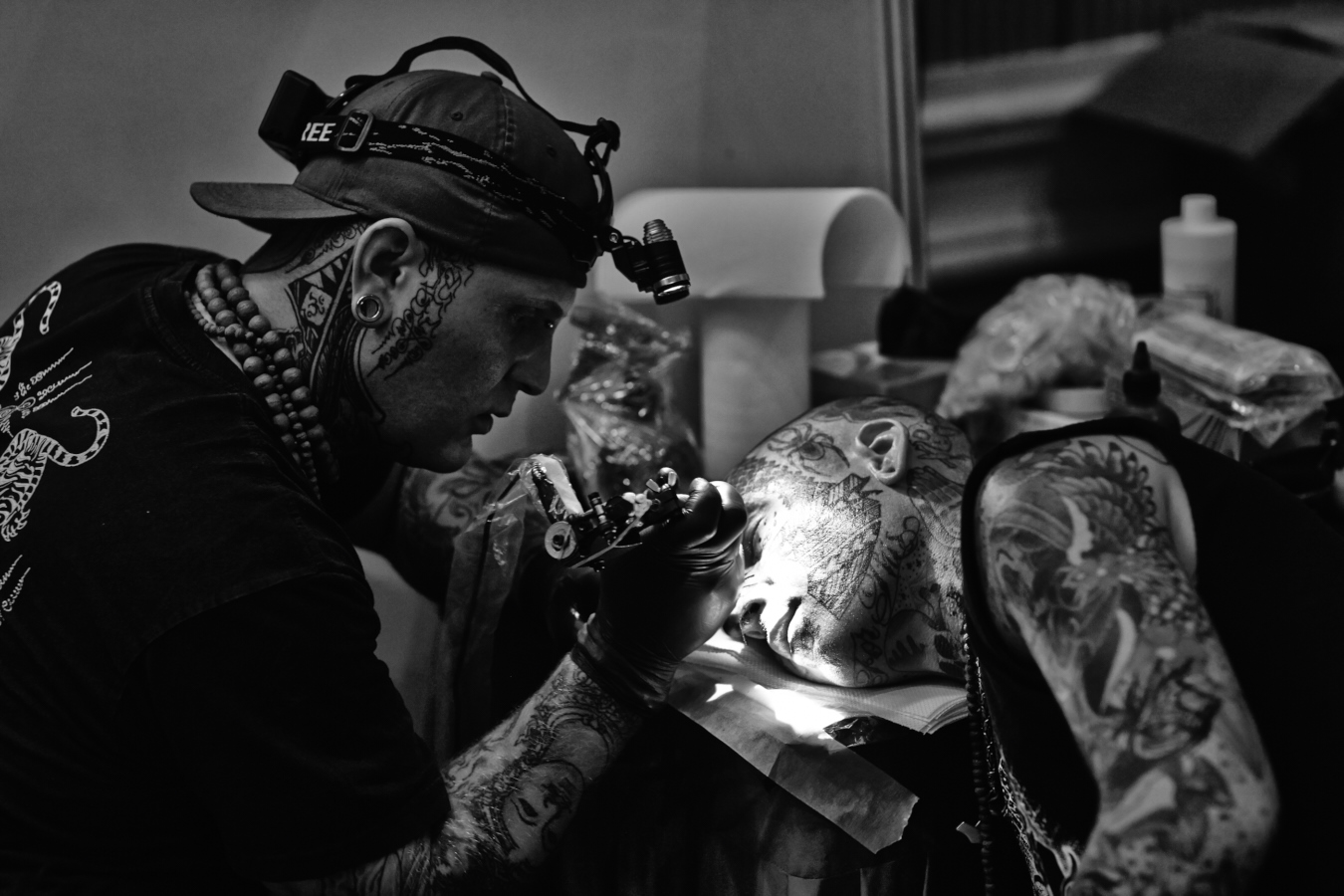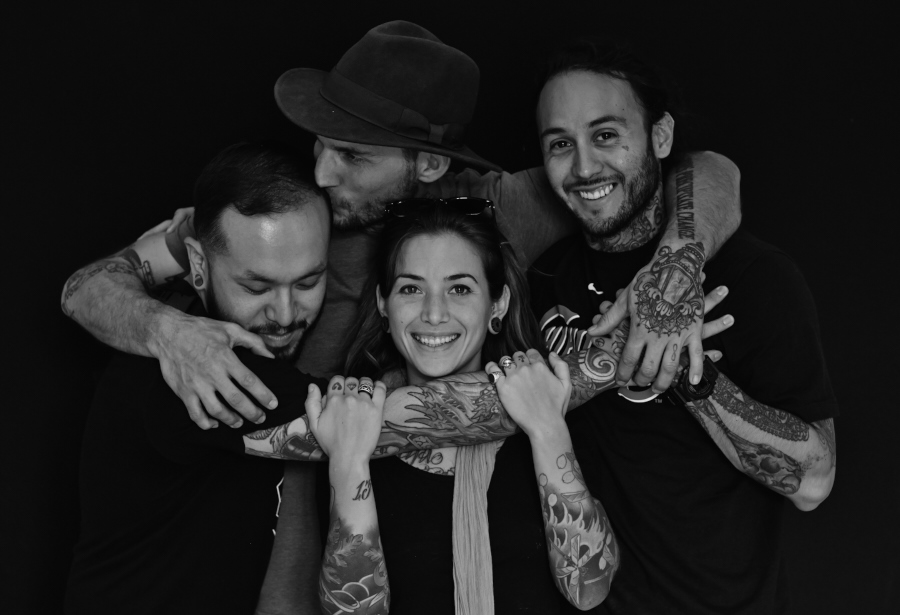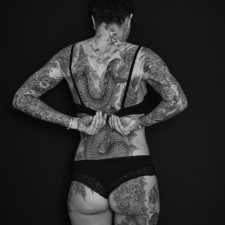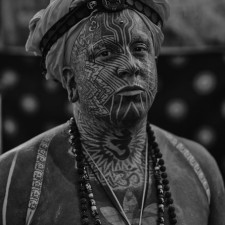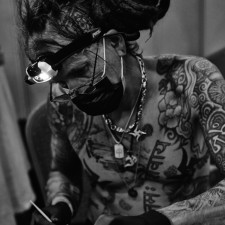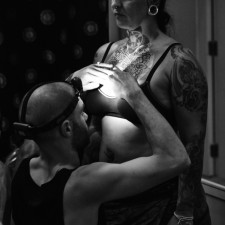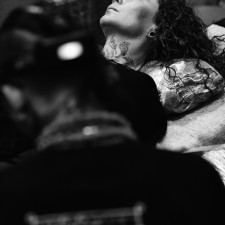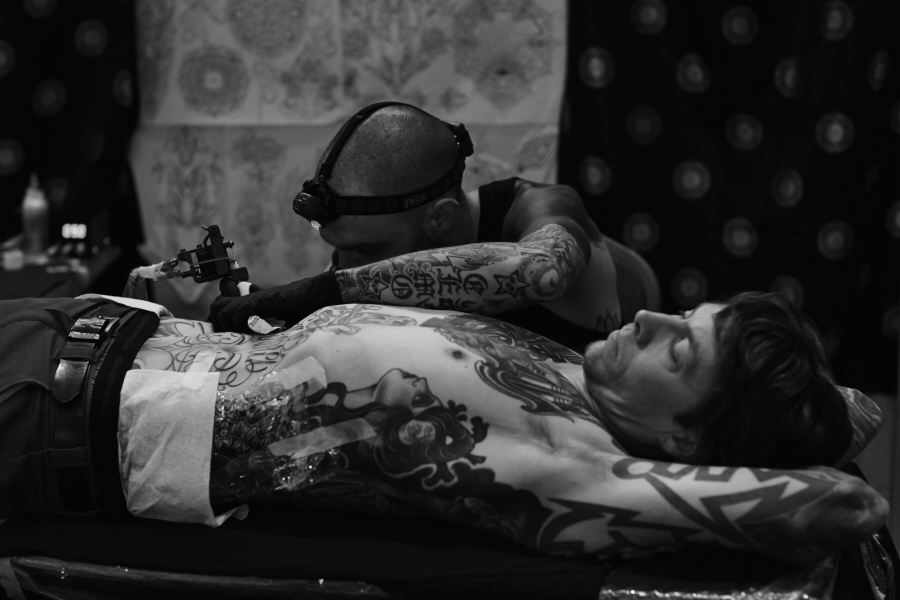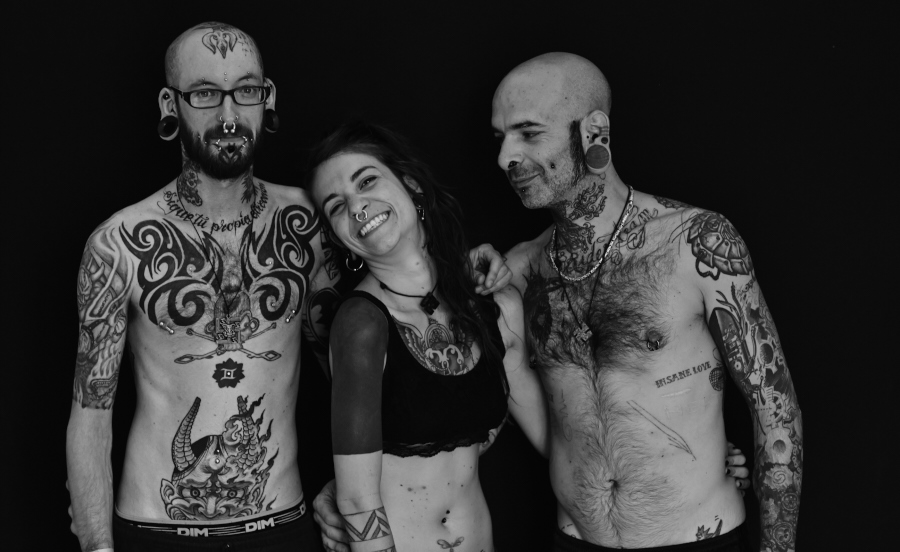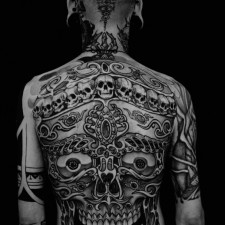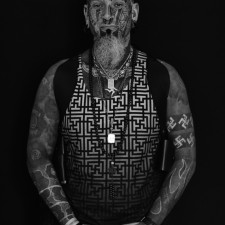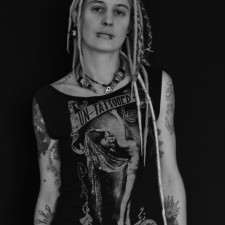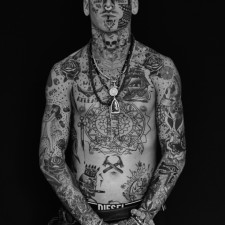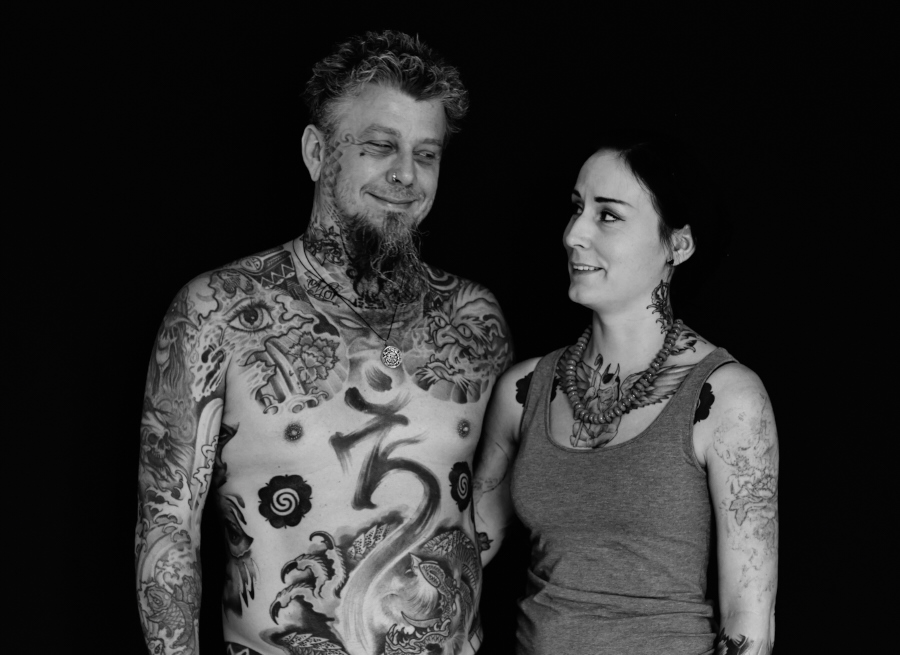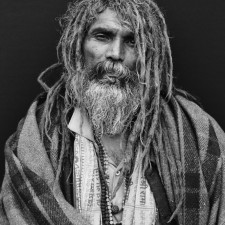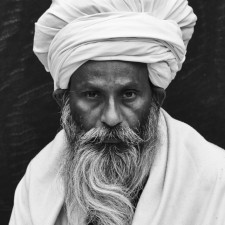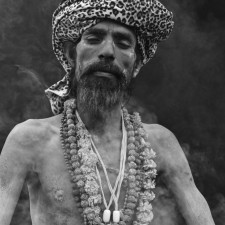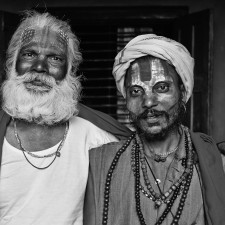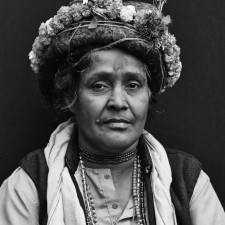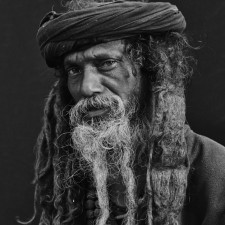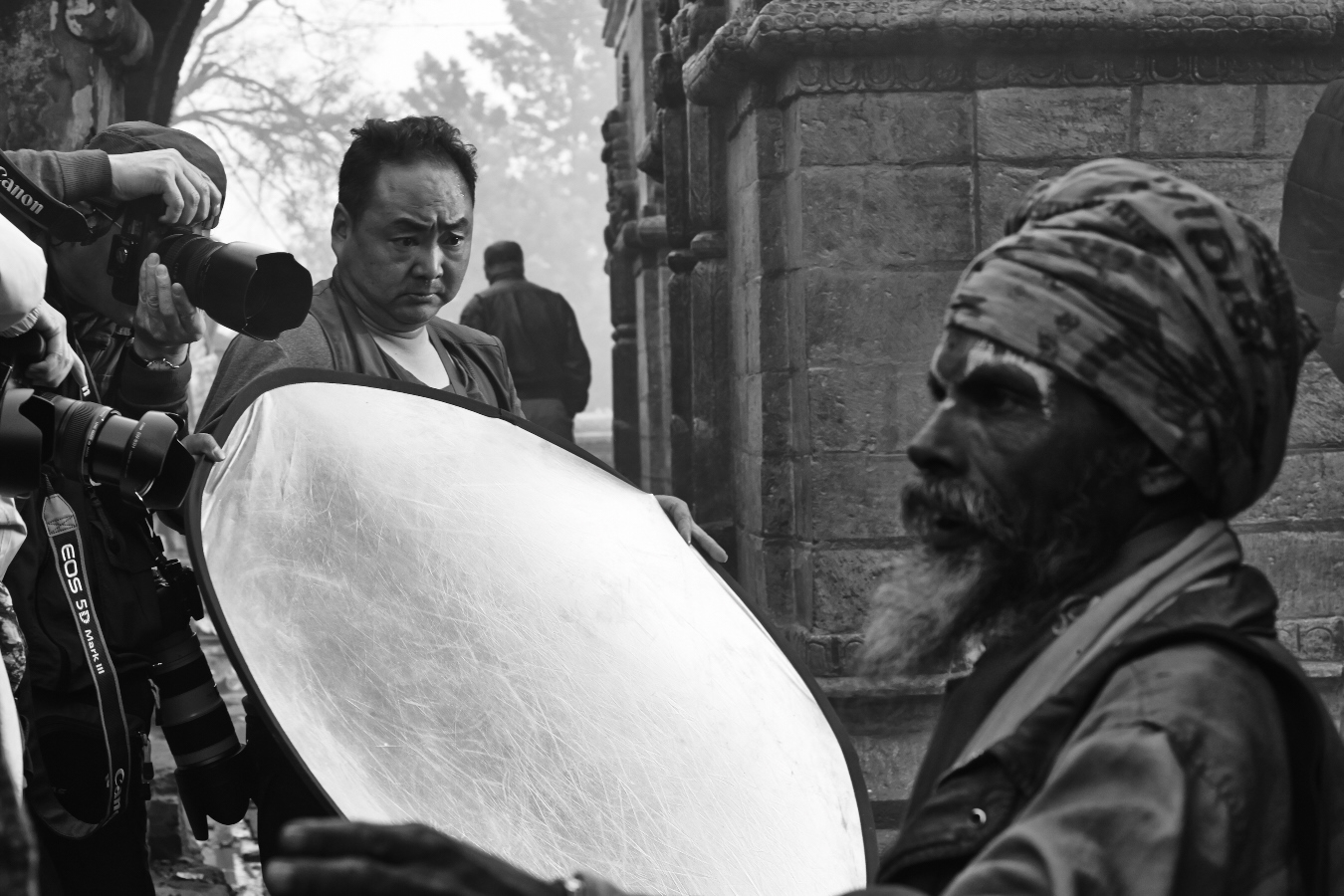Jan Møller Hansen is a self-taught and passionate photographer, who works with social documentary. He is also a senior diplomat with the Ministry of Foreign Affairs of Denmark. Presently, he is based in Kathmandu, Nepal.
I am self-taught and with no formal education or training in photography. I have always liked photographing and have had many different cameras. But it is only within the last 5-6 years that I have become more serious about photography. I do not photograph for making a living. I do not have to earn money from photographing. That gives me freedom and opportunities. I can do what ever I like. But my main challenge is to find the necessary time for doing photography. Photography is a very time consuming and intense business. I have to admit that I sometimes envy photographers, who are employed and paid just to photograph – the ones who are paid to go to exciting places of our planet or who are deployed to hotspots to cover events that shape history. On the other hand, I also feel privileged that I can work in my own pace and with themes that I identify myself.
Photography has become a way of expression for me. I feel that I can express myself through images. Whether you like it or not, as a photographer you are always to some extent part of the image. As a photographer you have been there, you have met the people, you saw what happened, and you went through a personal experience before and after creating the image. The photo sticks with you. I never forget the people and the places that I photograph. Photography is a very exciting art. Photography changes with your own mind and feelings and with the changes of the world.
There are no limits to photography. As a photographer you can pick up on any theme or story you want. It all depends on your personal interest, commitment, creativity, eye for originality and your ability to engage with people and your surroundings. It is also a matter of how far you dare to go in bringing yourself in situations, where you can capture extraordinary and unique moments. If you can bring yourself in such situations, you might be able to create something truly unique. Under controlled conditions, as in studios or with arranged settings, it is of course a completely different matter. But that is not how I work.
I am very impressed about the many great photographers that are out there. There are so many young and unknown photographers, who are doing great work. Like the ones covered by the Dodho Magazine and by other photography sites and magazines. I am amazed about their creativity and originality. It is incredible. It is fantastic what people can create with photography and imaging.
As a photographer I feel very humble, and it has taken me years to think of myself as a photographer. I still have so much to learn. It is a very challenging art, and there are no short cuts in photography. Working with real life situations, you cannot never fully control the moment, the light and what happens around you. You never know what you might be creating while being in the situation. There is always an element of uncertainty. It is fascinating. Photography is also a very personal art, and it is difficult to define perfection in photography. I am also fascinated with the fact that photography can capture a moment that will never reappear. It is just existence.
If you can capture the right moment you might be able to create something unique. But it is not just the right moment. There are also many other factors that come into play when trying to create the unique image – the light, expression, composition etc. It also depends on the eye that sees. Not only the photographer’s eye, but also the eye of the viewer after the image has been created. As a photographer you might think that you have created a great image, but what do others think? How do they view and perceive your image?
If I can capture the feelings of a person, maybe go beyond the merely visual impression or discover something that I did not know exist, then I get excited. This is an important part of photography for me. Photography is a great way of learning. You can learn so much by photographing. I also use photography as a good excuse for bringing myself in situations and to meet people that I would never had experienced otherwise.
When I started becoming more serious about photography it also had to do with my job as a diplomat and development practitioner. I was working as a Danish diplomat for five years in Dhaka in Bangladesh from 2007 to 2012. Dhaka is one of the fastest growing mega cities in the world with a population of 15 million people, and with some 4 million people living on the streets and in slums. Dhaka is also one of the most congested and polluted places in the world. As a diplomat, I met and worked closely with politicians, bureaucrats and NGO leaders in Bangladesh, and what I was told did not match with what I saw.
The political rulers and the privileged were completely disconnected from the people. I never came to terms with the great, and for me unacceptable, difference between the political rulers and the privileged and the large population. People are being treated really badly. There is a very long way to go in ensuring rights and justice for people. I just had to stay connected and not to live in a bubble. I wanted to meet people and hear their stories. That is why I bought new cameras and lenses and started walking around meeting people and seeing how they live. This is how I started meeting people living in slums, transgenders, acid survivors, sex workers, brick kiln workers, ship breakers and women and children – just the people that make up the population of Bangladesh. Photography gave me a great admiration for the people of Bangladesh, who are some of the strongest and most resilient people I have ever met. Most people in Bangladesh live a very difficult life. People have to go through so much unfairness and injustice. They live with so much hassle, corruption and discrimination. People are oppressed and with no rights. Maybe they have rights on the paper but not in reality. It is like the politicians, bureaucrats and law enforcers do not care. That is why I started photographing in Bangladesh. It developed from there, and it became a way of learning for me. Photography became a means to stay in touch with reality.
I am now living and working in Nepal. When time permits I often move around with my cameras. I have a good knowledge of Nepal and its diverse people and cultures. I lived in Nepal for four years from 1991 to 1995 and speak Nepali. I have also visited Nepal many times since I was in the country first time back in 1985. I use my experience and knowledge about Nepal and its people in my photography work. I think that many people do not know the real Nepal. They think that Nepal is Himalaya and the temples, but there are much more to the country and its people. There are many interesting and untold stories to discover. In Nepal, I have so far started picking up on themes related to the conflict, urban refugees, Tibetans, migration, sexual minorities, women and children and other themes. [Official Website]



